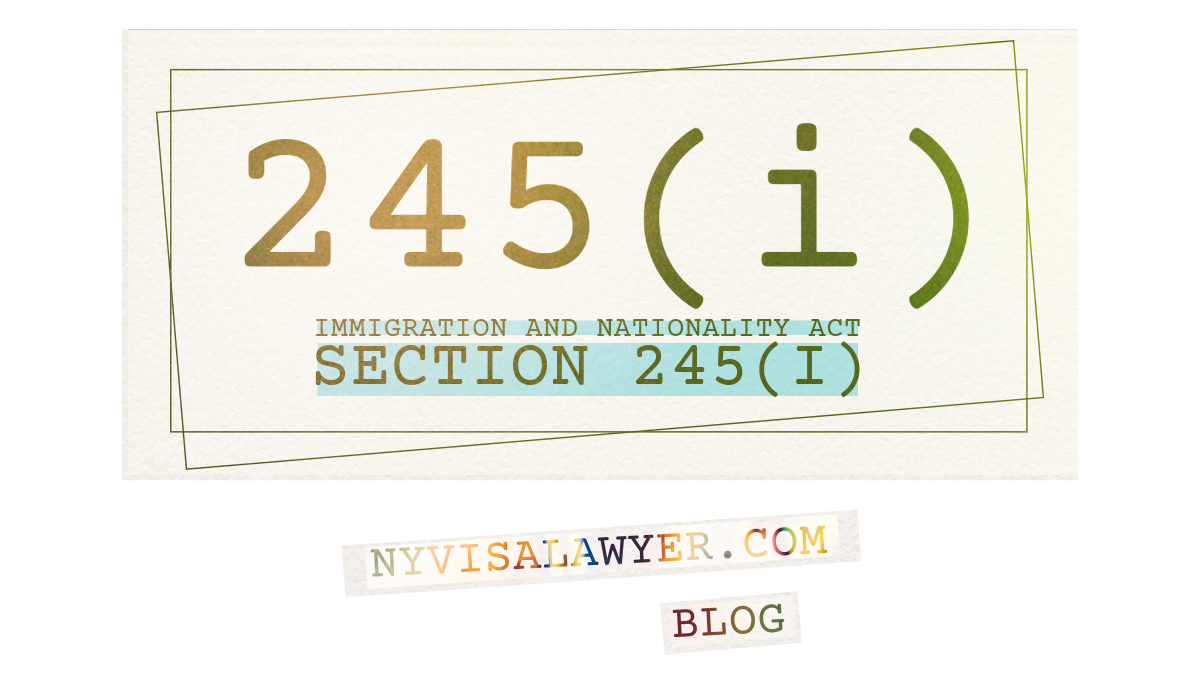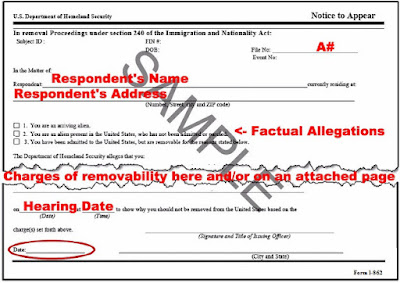Online Tool to Change Your Address With The Immigration Court
ICE has announced that their “online change of address tool” for people in removal proceedings, subject to a removal order or Order of Supervision of some kind, or are otherwise required to keep their address updated with DHS/ICE. You can find the online tool at this link: https://onlinechangeofaddress.ice.gov/ You can still submit a change of address the old fashioned way using a paper form but it’s strongly encouraged that you do it online so you get instant proof of filing that you can print out to avoid any confusion in the future or being blamed for not informing DHS of the address change. Finally, it’s very important that you remember to also inform the Court of any change of address if you are currently in removal proceedings or required to do so. The Court still uses a Form EOIR-33, Change of Address/Contact Information available at through the Department of Justice EOIR website at https://www.justice.gov/eoir/form-eoir-33-eoir-immigration-court-listing. The Press Release from ICE is available on their website at ICE.gov and has been quoted below: WASHINGTON — U.S. Immigration and Customs Enforcement (ICE)’s online change-of-address form for noncitizens – first announced in April 2023 – is now fully operational. This new system gives noncitizens the option to update their information online in addition to the existing options of doing so by phone or in-person. It will enable noncitizens to comply with their immigration obligations more easily and improve the accuracy of address information reported to ICE by utilizing address autofill to ensure U.S. Postal Service standardization. After successfully entering a valid mailing address, if the noncitizen is currently in removal proceedings pursuant to Section 240 of the Immigration and Nationality Act (INA), the interactive online shows the noncitizen information on how to also change their address with the immigration court as required, using the Executive Office for Immigration Review’s (EOIR) Form EOIR-33, Change of Address/Contact Information, which may be submitted by mail, in-person at the immigration court, or online through EOIR’s Respondent Access. The EOIR-33 is currently available in English, Spanish, Chinese, Haitian Creole, Portuguese, and Punjabi. To determine if a noncitizen still needs a notice to appear, ICE will run system checks to make sure the noncitizen is not already in removal proceedings pursuant to Section 240 of the INA, does not have an affirmative asylum application pending with U.S. Citizenship and Immigration Services (USCIS) and does not already have a final order of removal. Noncitizens eligible for, but who have not yet received a notice to appear – meaning those who were released on conditional parole with an alternative to detention – may be prompted to state whether they want to receive their notice to appear by mail or to in person by scheduling an appointment at an ERO field office. To process an online change-of-address, the system requires a full name, A-number and validated non-commercial address. It takes approximately one minute to complete the form. All noncitizens in the United States, except A and G visa holders and visa waiver visitors, must also report a change of address to USCIS within 10 days of relocating. SOURCE: ICE Press Release https://www.ice.gov/news/releases/ice-online-change-address-tool-noncitizens-fully-operational




